17+ Narrative Poetry Examples
Poetry, in its myriad forms, holds the power to convey intricate emotions, tell captivating tales, and evoke profound reflections. One such captivating form is narrative poetry, a timeless genre that weaves stories through rhythmic verses. By merging the beauty of language with the art of storytelling, narrative poetry captures the reader’s imagination while unraveling intricate narratives. In this article, we delve into the essence of narrative poetry, provide insights into its creation, and guide you through the steps to craft your very own masterpiece.
1. English Narrative Poetry
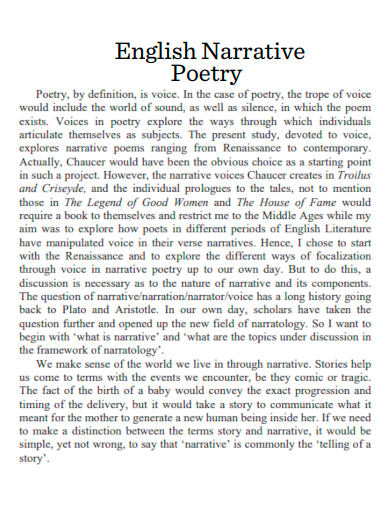
cambridge.com
2. Narrative Poetry Assignment
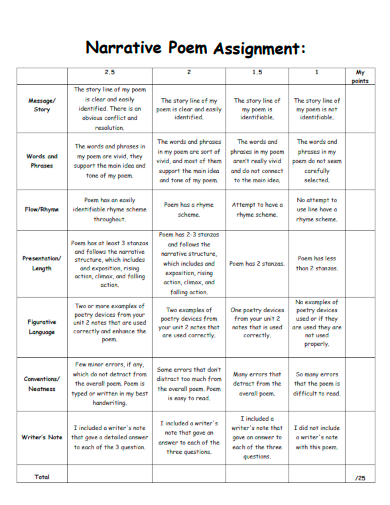
dbqschools.org
3. Narrative Poetry Telling Stories
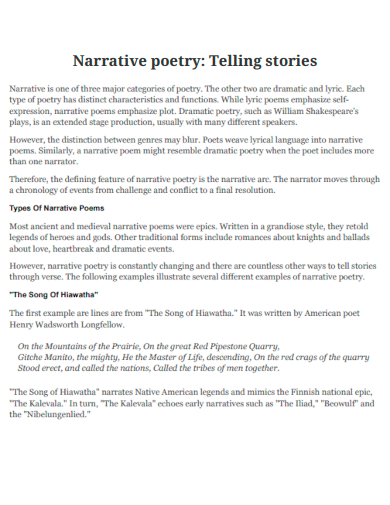
joliet.org
4. Narrative Poetry Contemporary Poets
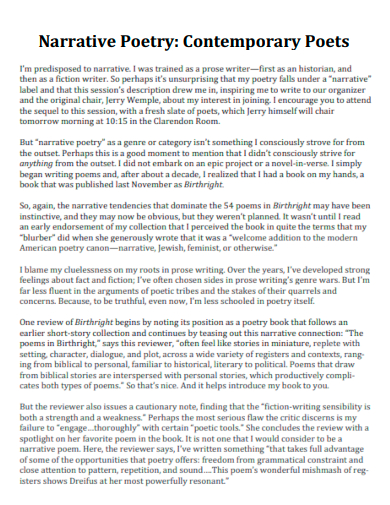
erikadreifus.com
5. Sample Narrative Poem
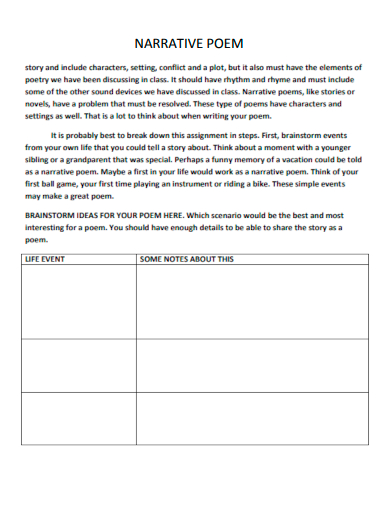
norwellschools.org
6. Writing Narrative Poetry
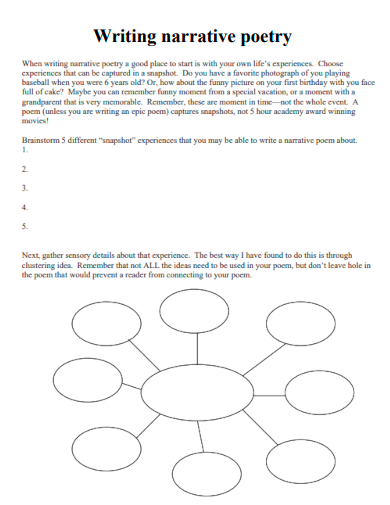
mrmcdermitt.com
7. Narrative Poetry Blank Chart
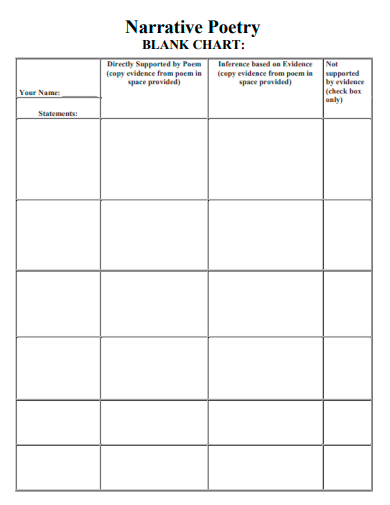
edsitement.neh.gov
8. Narrative in Contemporary Poetry
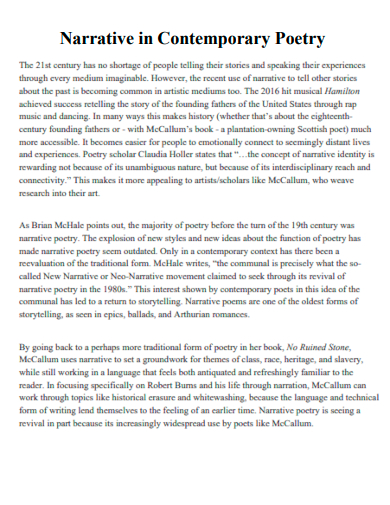
clarkeforum.org
9. Narrative Poetry Still Matters in Stylistics
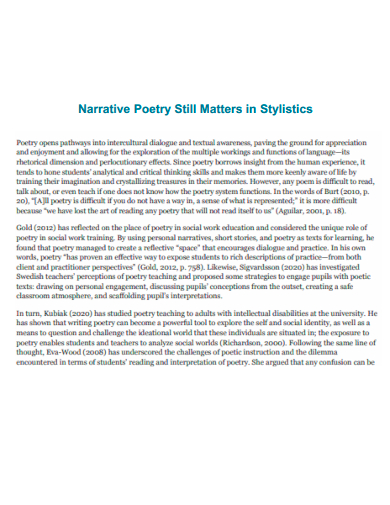
waldenu.edu
10. Narrative Poetry Project
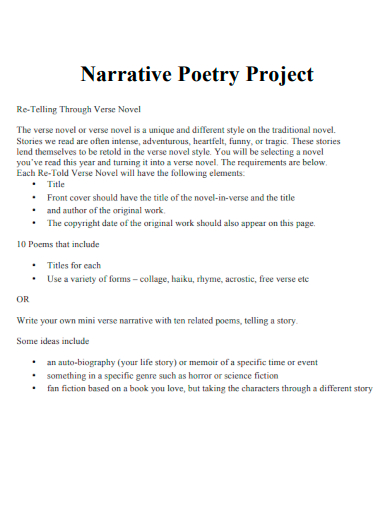
angelhornpages.com
11. Narrative Free Verse and Prose Poetry
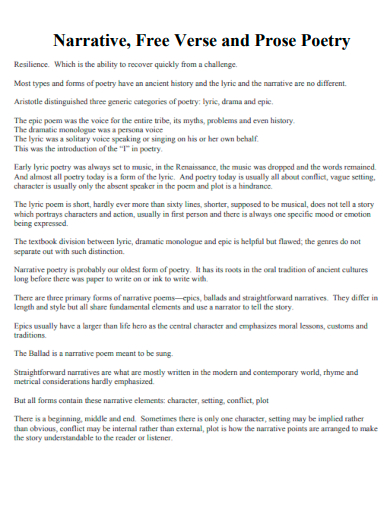
sandiego.gov
12. Affordances of Narrative Poetry
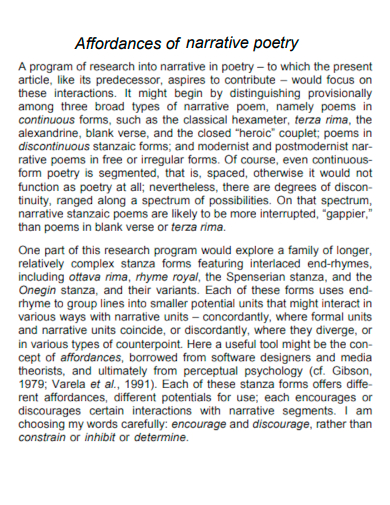
semanticscholar.org
13. Narrative Poetry as a Lyric
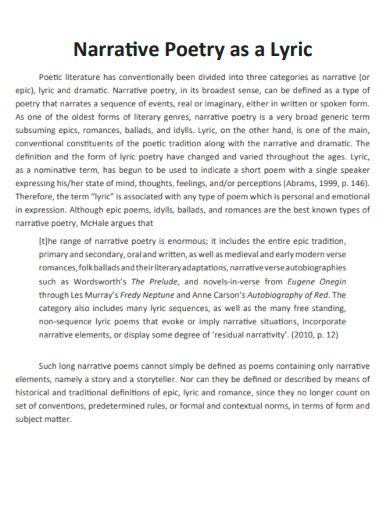
dergipark.org.tr
14. Interactive Narrative Poetry Generation

cseweb.ucsd.edu
15. Art and Arc of Narrative Poetry
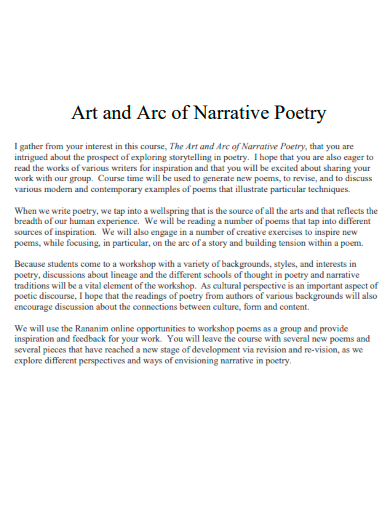
unm.edu
16. Narrative Poetry Interior Space
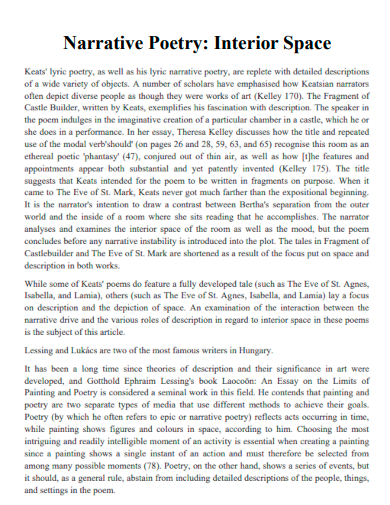
ijmra.us
17. Genre of Narrative Poem
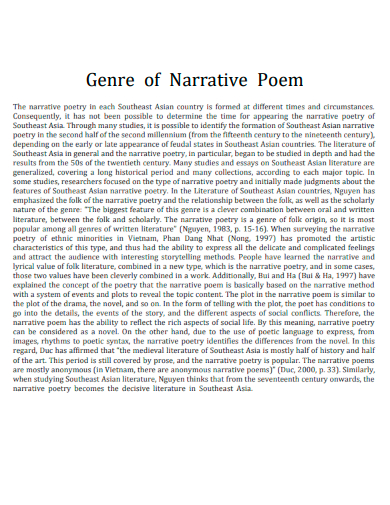
bibliomed.org
18. Creative Narrative Poetry
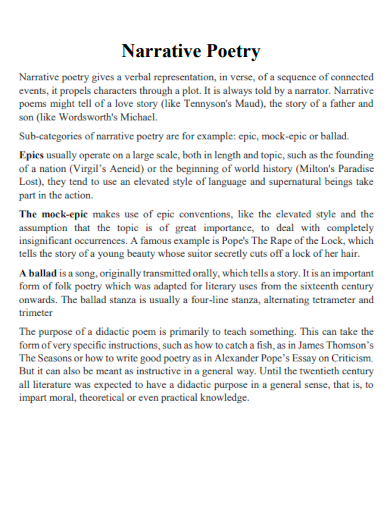
uobabylon.edu.iq
What is Narrative?
At its core, narrative poetry marries the lyrical quality of poetry with the narrative structure of storytelling. Unlike other forms of poetry that might focus on evoking emotions, exploring themes, or experimenting with language, narrative poetry primarily aims to tell a story. It’s through this form that poets can transport readers to distant realms, relive historical events, or create entirely new worlds. While poetic elements like tone, theme, alliteration, and metaphors can enhance the narrative, the central focus remains on the storytelling aspect. The poem unfolds through stanzas, each carrying a different part of the tale, building upon the preceding one to create a coherent and engaging narrative.
How to Write a Narrative Poetry
Creating a narrative poem is an exciting journey that allows you to channel your creativity into crafting a story that resonates. Whether you’re a seasoned poet or just starting on your poetic expedition, this step-by-step guide will equip you with the tools to embark on your narrative poetry adventure.
Step 1: Choose Your Theme and Context
Begin by selecting a theme or concept that will be the heart of your narrative. This could range from timeless love to historical events or even fantastical adventures. Context is crucial – decide where and when your narrative unfolds. The era, location, and circumstances will set the stage for your poetic journey.
Step 2: Outline the Plot
Every compelling narrative requires a well-structured plot. Outline the key events that will drive your poem forward. Consider the beginning, middle, and end of your story, and how they will flow seamlessly within the poetic structure.
Step 3: Weave the Verses
With your plot in place, start crafting your verses. Choose a suitable stanza structure that complements your narrative. Experiment with rhyme schemes or meter to add musicality to your words. Remember, each stanza should contribute to the narrative progression.
Step 4: Infuse Literary Devices
Literary devices enhance the poetic experience. Introduce metaphors, similes, alliteration, and other techniques to add depth and imagery to your poem. These elements will elevate your storytelling, making it more vivid and evocative.
FAQs
Can I incorporate a variety of tones within my narrative poem?
Absolutely! Just like in any story, the tone can shift to reflect different emotions and moods as your narrative evolves. This dynamic use of tone can enhance the reader’s engagement with the poem.
Is a narrative poem the same as a sonnet?
No, they are distinct forms. While both are types of poems, a sonnet follows a specific structure of 14 lines and typically expresses a single thought or emotion, whereas a narrative poem tells a story.
How do I balance between poetic elements and the narrative itself?
Finding this balance is key. While poetic elements enrich your narrative, ensure they don’t overpower the story. Each element should contribute to the overall tale rather than distract from it.
In the realm of poetry, narrative poetry stands as a bridge between storytelling and lyrical expression. By fusing the elements of both, poets create enchanting works that captivate readers with their tales. Crafting narrative poetry is a journey that involves careful plotting, creative language, and a dash of literary finesse. So, whether you’re recounting a historical event, imagining a fantastical world, or immortalizing a personal experience, narrative poetry awaits your artistic touch to breathe life into the verses.

